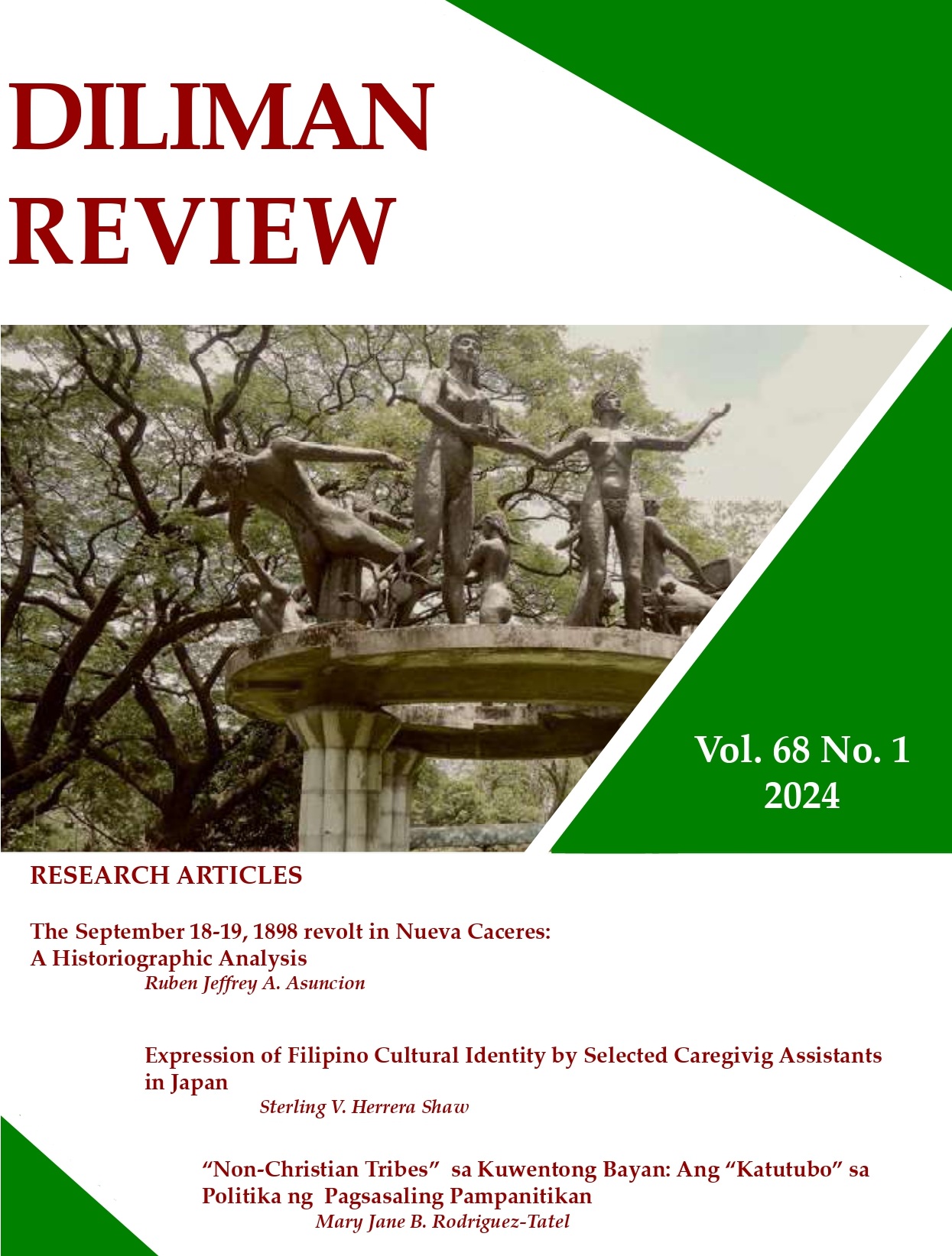The September 18-19, 1898 revolt in Nueva Caceres: A Historiographic Analysis
Abstract
Since the 1990s, historiographical studies on the Philippine Revolution have further examined the regions beyond Katagalugan. However, as a historian recently pointed out, there are still discordant narratives on what areas or themes are being encompassed by the “nation” and by the “region” (Aguilar, 2018). Furthermore, there is a motif of an unfinished revolution, as well as perceptions of Tagalog hegemony in the revolution, that are still being disseminated in various formal and popular discourses (p.34-40).
This paper would examine anew the perspectives on the uprising led by two Guardias Civil in Naga on September 18-19, 1898. I will argue that a.) the perspectives on the revolt were influenced by the positionalities and background of the authors. Furthermore, b.). that the key public spaces and buildings in Caceres’ center became spaces of fear, sadness, and triumph during this event. I shall explore these arguments by comparing anew the accounts by the Franciscan friar Marcos Gomez (and translated by Apolinar Pastrana Riol), originally titled Un Manuscrito Sobre La Revolucion Filipina, and volume one of The Philippine Revolution in the Bicol Region, by the Bikolnon historian of the Revolution, Elias Ataviado (and translated by Juan Ataviado).


